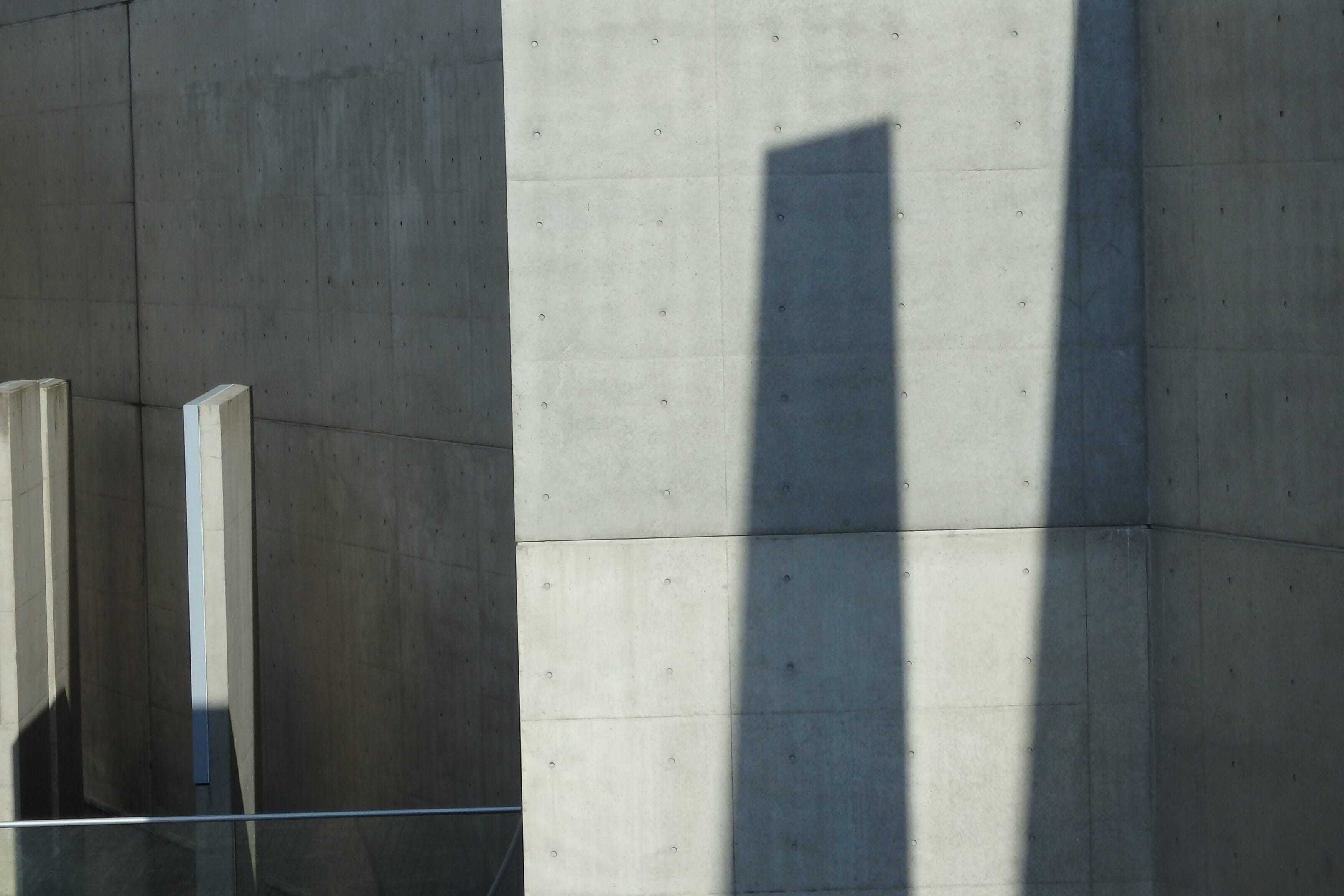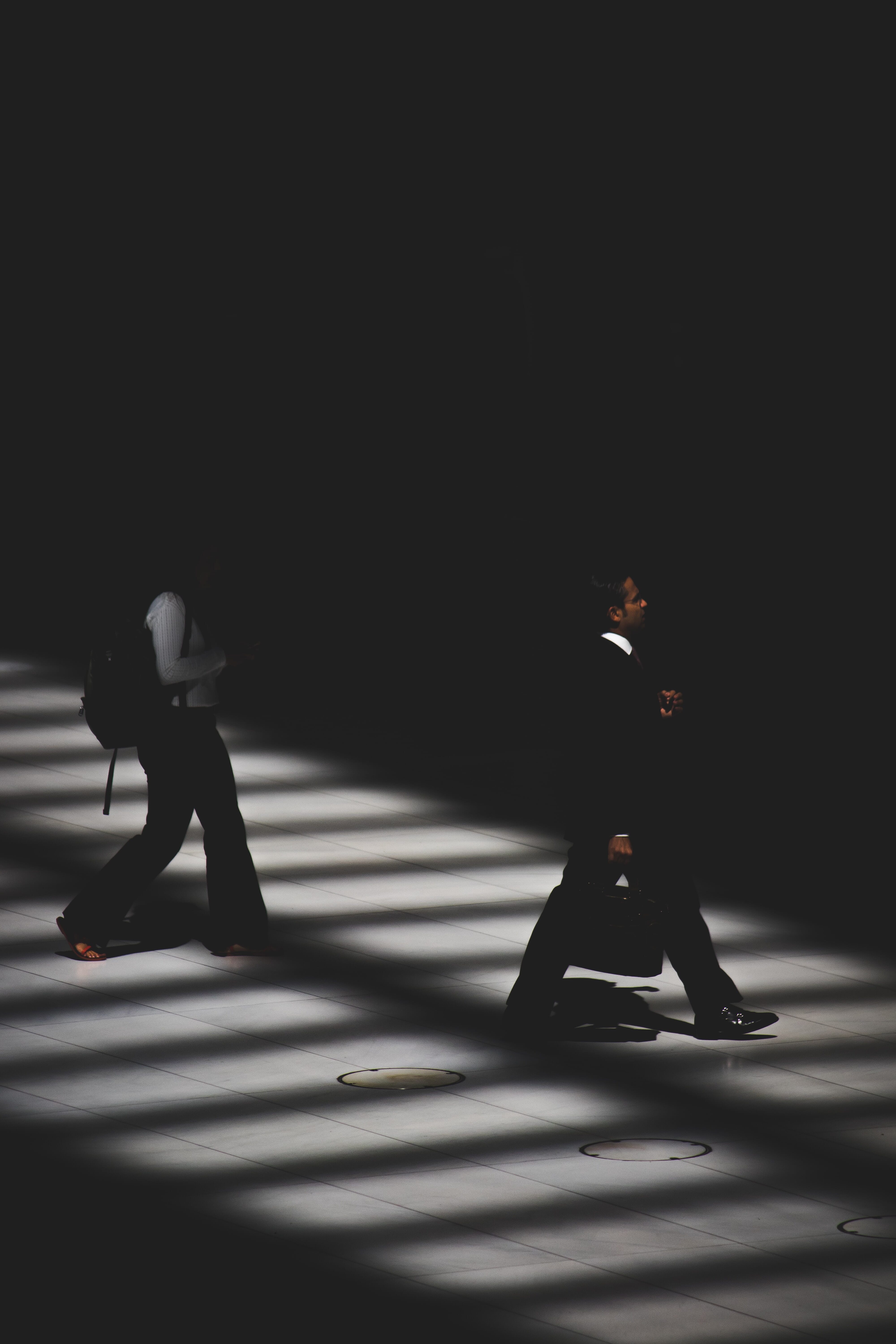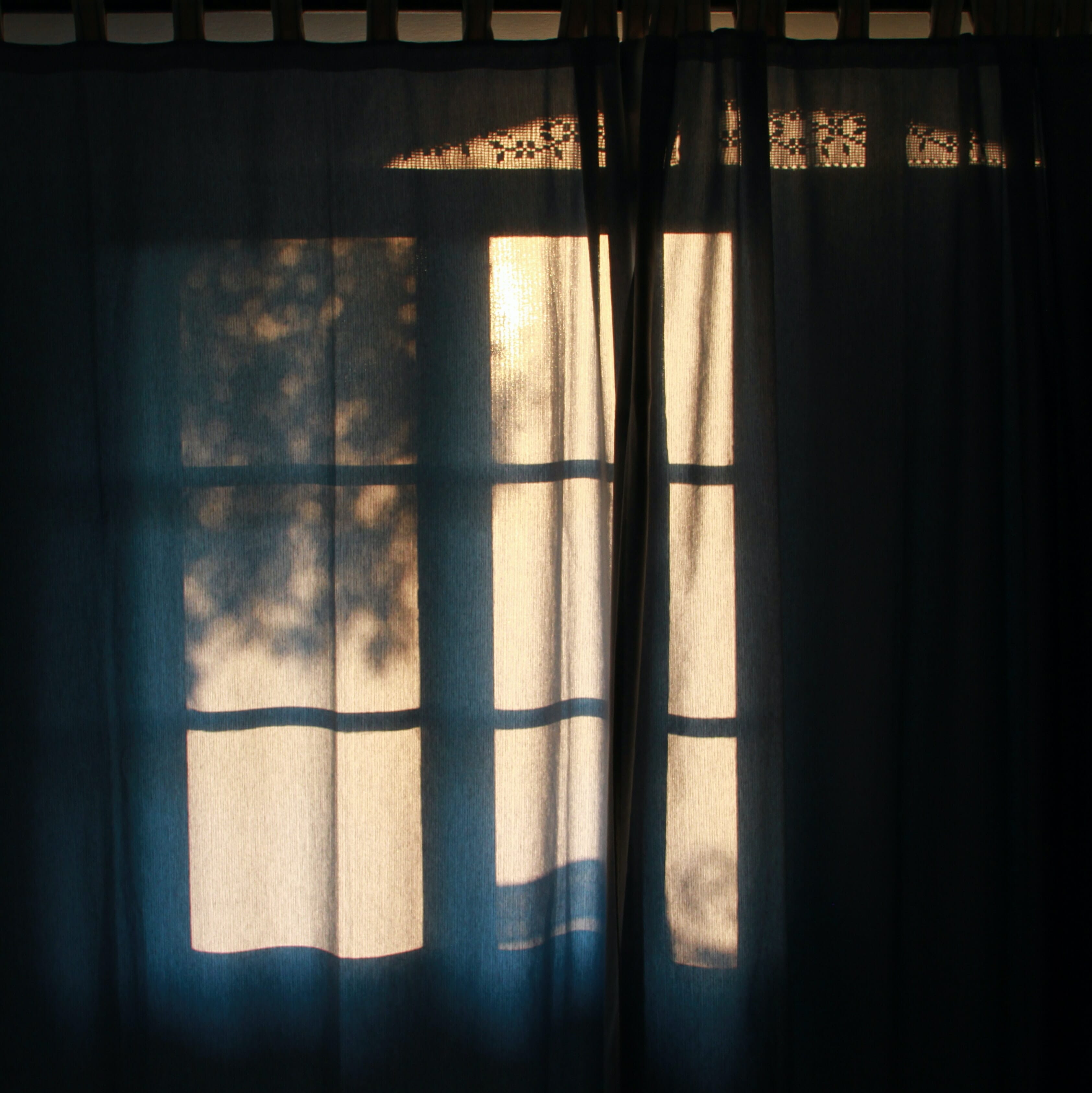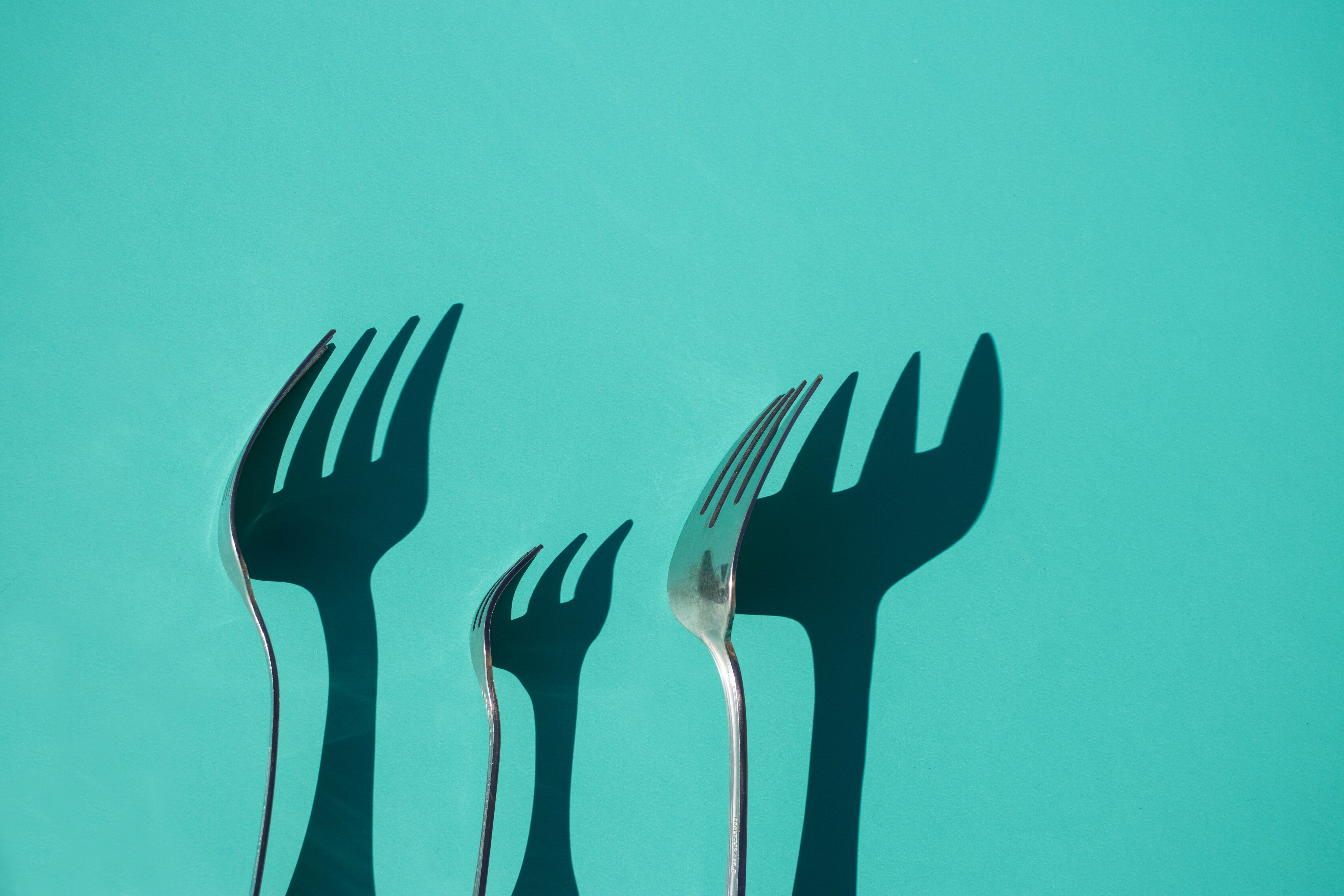Editor’s Key Takeaways: Mastering Shadow Photography: Tips and Techniques

This blog post delves into techniques for superior shadow photography.
Shadow Photography Explained:
- Understand when to include shadows for depth and abstract scenes.
- Avoid harsh shadows in portrait, wildlife, and landscape photography; opt for softer, gradual shadows instead.
Creating Different Types of Shadows:
- Shadow length: Long shadows add drama, short shadows add subtlety.
- Shadow harshness: Understand light to create hard or soft shadows.
- Position your subject correctly to manage shadow effects.
Shoot in Black and White: Increases image contrast, making shadows more prominent.
Include High Contrast: Ensures shadows stand out effectively.
Look for Texture: Enhances the visual appeal through interesting shadow patterns.
Use High ISO: Adds grain for artistically intriguing photos.
By following these tips, you can consistently capture stunning shadow shots that enhance the depth and drama of your images.
Introduction
Shadows are a fantastic way to enhance your photos.

But how can you do the best possible shadow photography?
And what’s the easiest way to really take control over your images, and get the kind of shadow photos that you’ve always wanted?
That’s what this article is all about.
I’m going to share with you a number of tips and tricks for the best possible shadow photography, which will allow you to capture stunning shadow shots, consistently!
Let’s dive right in.
Shadow Photography Explained:
When You Should Include Shadows in Your Photography
Shadows play many roles in photos – occasionally bad, but mostly good.
For instance, subtle, gradual shadows can add a lot of depth to your images, without creating unflattering dark and bright areas.
And dramatic, harsh shadows can create very abstract-style scenes, with strong contrast and movement between dark and light.
That said, harsh shadows can be unflattering in some situations (such as for portrait photography), and you definitely don’t want harsh shadows if you’re doing bird, wildlife, or landscape photography.
In these situations, you’ll still want shadows, but you’ll want them to be softer, more gradual, and subtle in their transitions.
How do you create these different types of shadows? How do you understand the light so that you get the shadows you want, when you want them?
That’s what the next section is all about:
Creating Different Types of Shadows
There are two broad shadow characteristics that you’ll want to be aware of:
Length.
And harshness.
Shadow length is pretty self-explanatory; long shadows stretch across the ground, whereas short shadows cover very little.
To get longer shadows, you just make sure your light source is lower down, relatively to your subject. That way, you’ll get a long shadow across the ground.
You’ve probably noticed that shadows lengthen later in the day, for this very reason; the sun is lower in the sky, which means that shadows become far longer. But when the sun is high in the sky, shadows are just dark blobs beneath your subjects, like this:

Make sense?
As for shadow harshness, this has to do with the transition from dark to light.
Harsh shadows have a very fast transition, like a hard-edged line.
Whereas soft shadows have a slow transition, one that’s much more gradual.
Street photographers love harsh shadows, because they create dramatic contrast.
Whereas portrait photographers much prefer softer, gentler shadows, which look much less angular and much more flattering.
But how do you get soft shadows versus hard shadows?
It all has to do with the size of the light source, and its distance to the subject. Big, close light sources cast very soft shadows; distant, small light sources cast very hard shadows.
If you’re a studio photographer, this can become very complex, because you can work with multiple sources of lighting and move them back and forth to make them closer or farther. You can also add modifiers to make them bigger or smaller.
However, if you’re an outdoor photographer, knowing the best times to shoot outside will help you determine whether you’re going to get soft-edged shadows or hard-edged shadows.
Just recognize that bright, midday sunlight offers hard shadows, whereas overcast light offers soft shadows – shadows that are so soft, in fact, that they’re barely perceptible.
And shooting early in the day (just after sunrise) or late in the day (just after sunset) offers something between these two extremes:
Nice, perceptible shadows, but shadows that aren’t very hard-edged.
Now let’s look at some tips for beautiful shadow photography.
Carefully Position Your Subject for the Best Shadows
Shadow photography is all about positioning.
Depending on the direction of the light, you’ll end up with shadows in front of your subject, behind your subject, and underneath your subject.

And while all three of those results look nice, there will be times when you’re looking to create one effect over another, in which case you’ll want to understand how positioning affects shadows.
I recommend you think of light as offering five main directions:
- Backlight, which comes from behind the subject, and casts shadows in front.
- Frontlight, which comes from in front of the subject, and casts shadows behind.
- Sidelight, which comes from the right or the left of the subject, and casts shadows on the opposite side.
- Overhead light, which comes from above the subject, and casts shadows directly down below them.
- Upward light, which comes from underneath the subject, and casts shadows up.
Now, recognize that each of these lighting directions offers a different type of shadow.
So which lighting direction is best?
As I said, it really depends on your preferences. But, right off the bat, you can eliminate frontlight. Frontlight casts a shadow behind your subject, but since your subject is blocking the area behind them from view, you’re not going to end up with a very shadowy photo.
(The exception is if you can get high above your subject and shoot downward. But in a case like that, referring to the lighting as “frontlight” is a bit misleading, given that the light doesn’t come from behind the camera.)
Personally, I like sidelight for shadow photography. Sidelight creates the most dramatic shadows, and can give you split lighting, where only half of the subject is lit.
Sidelight can also give you cool, three-dimensional images, with your subject partially shrouded in shadows.
Backlight can also work, and it tends to be very in-your-face since the shadows are moving directly toward the camera. In such situations, you can try getting down low and using the shadow as a way to lead the eye into the frame.
Downward light is what you get during harsh midday. It’s very dramatic, though it’s also pretty unflattering for portrait subjects, since the shadows are so hard-edged.
And upward lighting is tough to find in nature, and I don’t really recommend it. It gives a very spooky look, with all sorts of weird, unnatural, unexpected shadows.
Shoot in Black and White for Stand-Out Images
Black and white photography is all about tones.
And shadows produce the most interesting tones of all. They produce lines and shapes and transitions from dark to light, which is what makes black and white photography really tick.
That’s why I recommend you do shadow photography in black and white, or at least try it; the black and white medium will really emphasize the shadows and the transitions in the scene.
Now, if you shoot using a DSLR or any other camera with an optical viewfinder, you’ll probably just want to convert to black and white in post-processing. You can do this in a program such as Lightroom, Photoshop, or Luminar.
But if you shoot using a mirrorless camera, or via the LCD on the back of the camera, you can actually program it to display black and white as you preview the scene.
That’s my personal favorite way to photograph in black and white because you can see whether the shot is going to turn out well before you take it – plus, you can understand precisely how the shot will look in black and white, and how the shadows and highlights will create the final image.
By the way, black and white photography doesn’t always feel completely comfortable at first because the images often don’t turn out the way you expect.
But don’t let this deter you; after a few black and white photography outings, you’ll start to develop a sense for black and white conversion – and you’ll be able to “see” black and white photos far in advance.
Include as Much Contrast in Your Photos as Possible
When working with shadows, if you just include lots of dark areas and very few highlights, you’re going to struggle to create something interesting. The whole scene will blend together, and the shot just won’t stand out.
Instead, I recommend you determine the main subject of your scene – the thing that you want to emphasize, like a person or a building or, when you’re doing shadow photography, an interesting shadow.
Then, compose so that your main subject is somewhat isolated in the frame, and contrasts heavily with the areas around it.
So if you’re photographing a shadow, try to frame the shot so that it falls on a brighter background.

And make sure that all the areas around the shadow are brighter, as well, so that the shadow continues to stand out.
You’re also free to add contrast in post-processing, but it often pays to start with some nice contrast. Then, if you prefer, you can accentuate it in a program such as Lightroom.
By the way, it’s worth noting that black and white conversion goes very well with contrast.
So if you’re creating interesting, contrast-type shots but you just aren’t getting the type of dramatic image you want, then try converting to black and white.
You’ll be impressed by the results!
Look for Texture for Eye-Catching Content
Sidelight makes any subject look interestingly three-dimensional.
But where sidelight really excels is when interacting with texture.
You see, texture offers all sorts of little peaks and valleys for sidelight to nestle in, which creates lots of abstract, almost psychedelic shadows.
To achieve something like this, you’ll need to shoot when the sun is very low in the sky so that the light rakes the texture from the side. If the sun gets too high, the interesting shadows are significantly reduced.
Note that texture can be large, such as in the case of high grasses or trees – but it can also be very small, as in the case of bricks on a building.
Really, you’ll start to find texture everywhere, once you start to look for it.
So don’t neglect the opportunities it offers!
Don’t Be Afraid to Use a High ISO for Interesting Grain
If you’re photographing standard subjects in good light, then it’s advisable to use the lowest ISO you can afford.
For instance, an ISO of 100 will prevent noise from ruining your pristine nature images, which is what you want; compare this to an ISO of 6400, which will add a lot of unwanted grain.
But…
When it comes to shadow photography, you can actually get away with a lot of grain.
This is because high-contrast photography, as well as black and white photography, is very forgiving of noise. It adds a gritty, intense texture that makes for photos that are more interesting, not less.
Related Post: Photography Editing Styles
In fact, some photographers like to use high ISOs, in pursuit of a noisier look (and they also add film grain effects to their images in post-processing).
My personal recommendation would be to keep your ISO low to start with, but if the light is limited and you need a narrower aperture or a faster shutter speed, don’t be afraid to really push up your ISO.
As long as you’re okay with a grittier texture, you’re still going to get some very nice photos, some of which will be at least as good as a cleaner, noise-free alternative.
That being said, it is possible to go too far and end up obscuring lots of detail thanks to heaps of noise. So just be mindful of how far you’re pushing your ISO (the precise amount of noise will differ from camera to camera, but very few cameras these days produce detailed images up past ISO 12800 or so).
Mastering Shadow Photography: Conclusion
If you want to shoot gorgeous shadow photography, then this article should give you a lot of advice for really taking your shadow shots to the next level.
So just remember to look for contrast, try black and white conversions, carefully position your subject, among other things.
And you’ll end up with some great results!

What type of light is best for shadow photography?
You can get shadows in all types of light, but they’re a lot stronger when the light is harsh. In other words, for strong shadows, shoot in the middle of the day (when the sky is sunny). You can also shoot toward the end or beginning of the day (when the sun is low in the sky) for softer, longer shadows, which can be very interesting for more dramatic, artistic images.
How can I improve my shadow photos?
I recommend aiming for as much contrast as possible. This will help really emphasize the shadows and keep your shots looking interesting. I’d also recommend testing out a black and white conversion, which should make the shadows stand out more fully.
How do you create harsher shadows?
Harsh shadows come from a small, distant light source, such as an unmodified flash, or the sun. That means that you can find harsh shadows at midday when it’s sunny, and it’s the reason why street photographers often shoot at this time! You can also just use unmodified flashes in the studio for harsh results.
